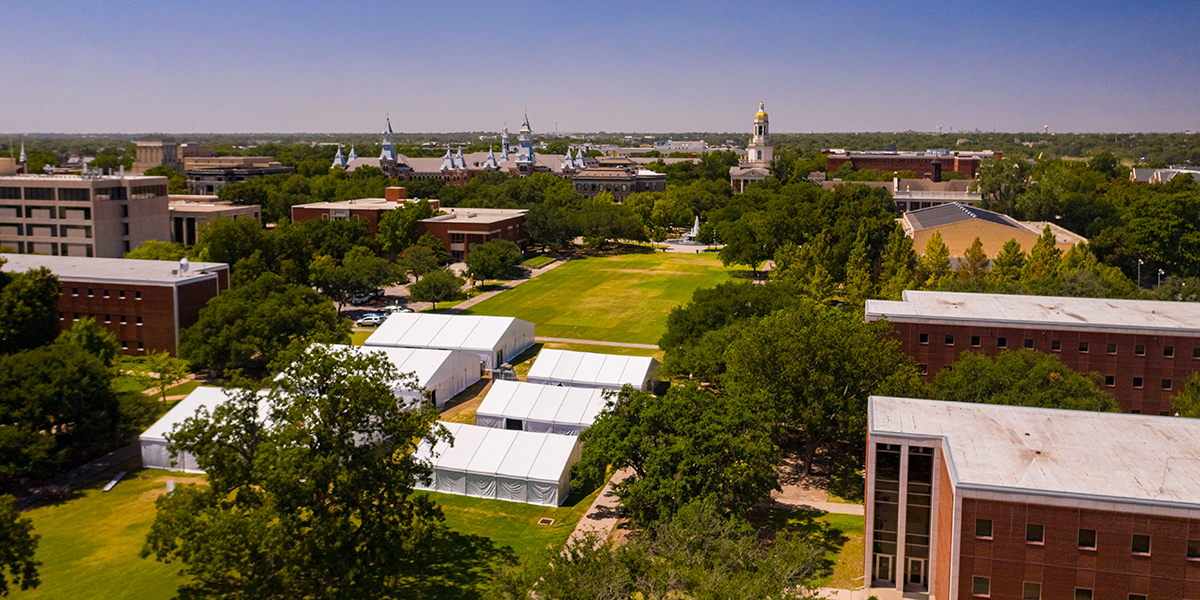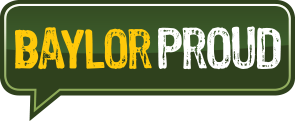How has Baylor prepared for students’ return to campus this fall?

Figuring out if, when and how Baylor would bring students back to campus for the fall was no small decision; a campus-wide team began working things out all the way back in April, just a few weeks after the spring semester moved online. Since then, countless Baylor administrators, faculty and staff have worked to create the best and most meaningful educational experience possible as we fight the COVID-19 pandemic.
So, what has Baylor done to prepare for fall? Here’s a quick rundown:
CLASSES: Baylor professors have reworked their classes into four different learning methods: face-to-face (traditional), hybrid (a mix of in-person meetings and online instruction), online synchronous (classes taught live online at specific days/times), and online asynchronous (classes taught online without specified days/times). Academic advisors worked with students to arrange for as many classes in their preferred learning method as possible, whether that was all face-to-face, all online, or something inbetween. A variety of special training sessions helped professors prepare for teaching in multiple formats, including faculty with experience teaching online serving as mentors for those making the transition.
HEALTH & SAFETY: Face coverings are required in most areas across campus, both indoors and outdoors, when social distancing is not possible. All students, faculty and staff have been sent a COVID-19 testing kit, and a negative test is required before returning to campus this fall. Additional on-campus testing will continue through the fall semester. Members of the campus community are to conduct a daily self-check for COVID-19 symptoms; those with symptoms are to stay home and call a special nurse line for advice or an appointment at a new respiratory clinic on campus. A Baylor-provided Family First Care Kit, given to all students, faculty and staff, includes face coverings, a thermometer, hand sanitizer and more.
CLEANING & SANITATION: Baylor’s plan for campus meets or exceeds CDC recommendations. More than 500 hand sanitizer stations have been added across campus, air hand dryers have been replaced with disposable towels, and the university has increased manual cleaning of high-touch areas. Electrostatic sprayers are also being utilized to augment disinfection of high-traffic and high-touch areas. Outside air circulation has been increased, to go with new state-of-the-art air filtration technologies such as HEPA filters and UV-C light treatments.
PHYSICAL SPACES: Room and building occupancy levels have been reduced across campus, and classes have been moved to larger spaces to allow for distancing between classmates. Plexiglass barriers have been added where needed. Sixteen premium portable structures — complete with A/C and Wi-Fi — have been added across campus as extra space for students to eat and study, allowing for additional physical distancing (see examples in the photo above).
DINING: All campus dining options (dining halls, retail eateries, etc.) will be open this fall; all will be cashless to reduce line congestion and physical interaction. Dining facilities will not offer buffet-style or self-serve foods this fall, to reduce chances of cross-contamination, and dining areas have been reconfigured to encourage physical distancing. Each facility will be disinfected between service times, with more frequent sanitization of high-touch areas.
You can read more details about these plans in a series of letters from President Livingstone, each focused on a different subject: cleaning, new campus structures, dining, course delivery, on-campus housing, the “Family First” approach, health services and testing, and having a plan. There are also tons of details and FAQs answered on Baylor’s coronavirus website, plus a handy video summary here:
Of course, even this doesn’t cover every step that’s been taken to prepare our campus for the fall. A college campus is like a small city, with countless happenings in any given day. But you can rest assured that virtually every Baylor administrator, professor and staff member has spent the last several months preparing for when students would return to campus.
Sic ’em, Bears (and #SicCOVID)!

